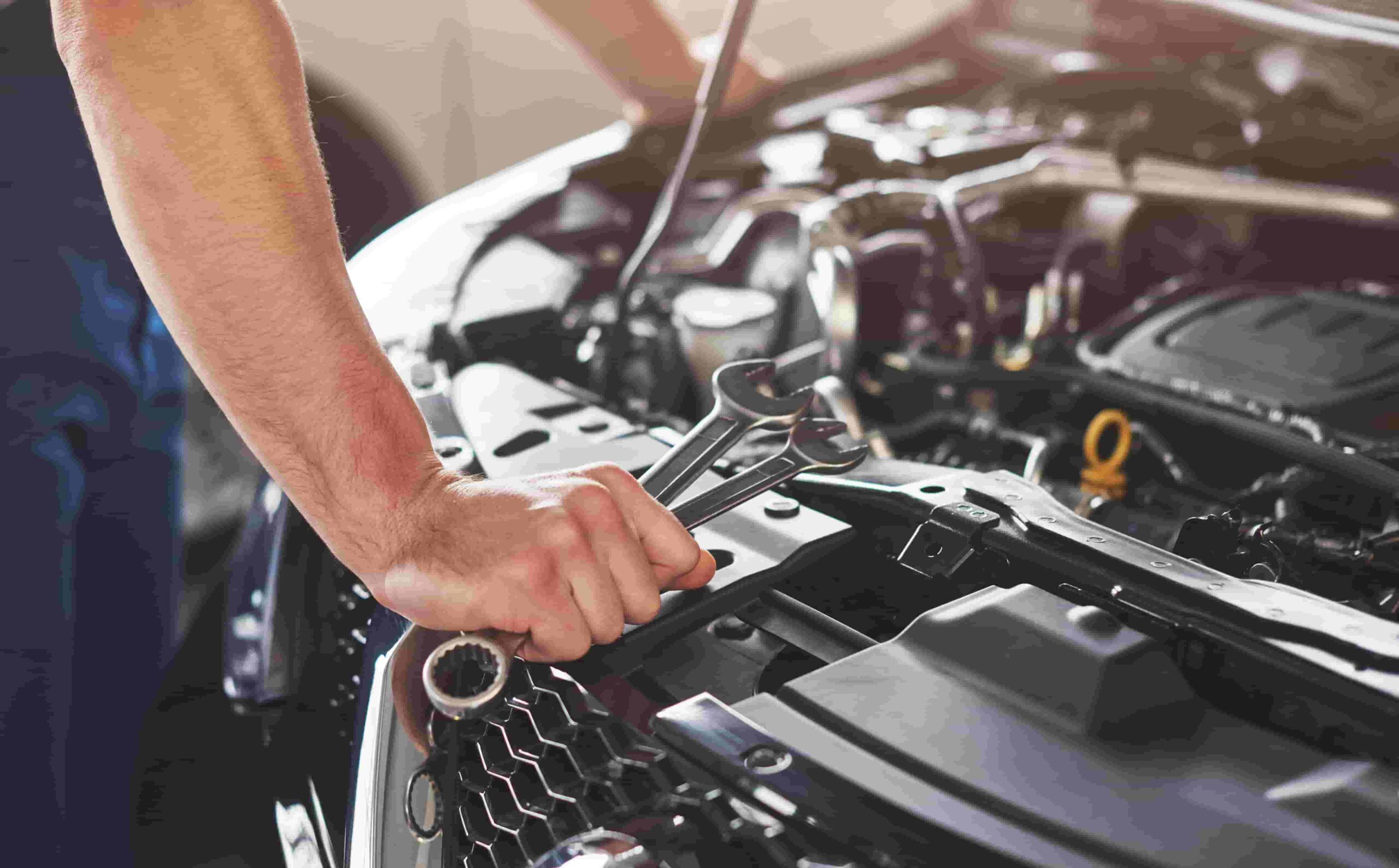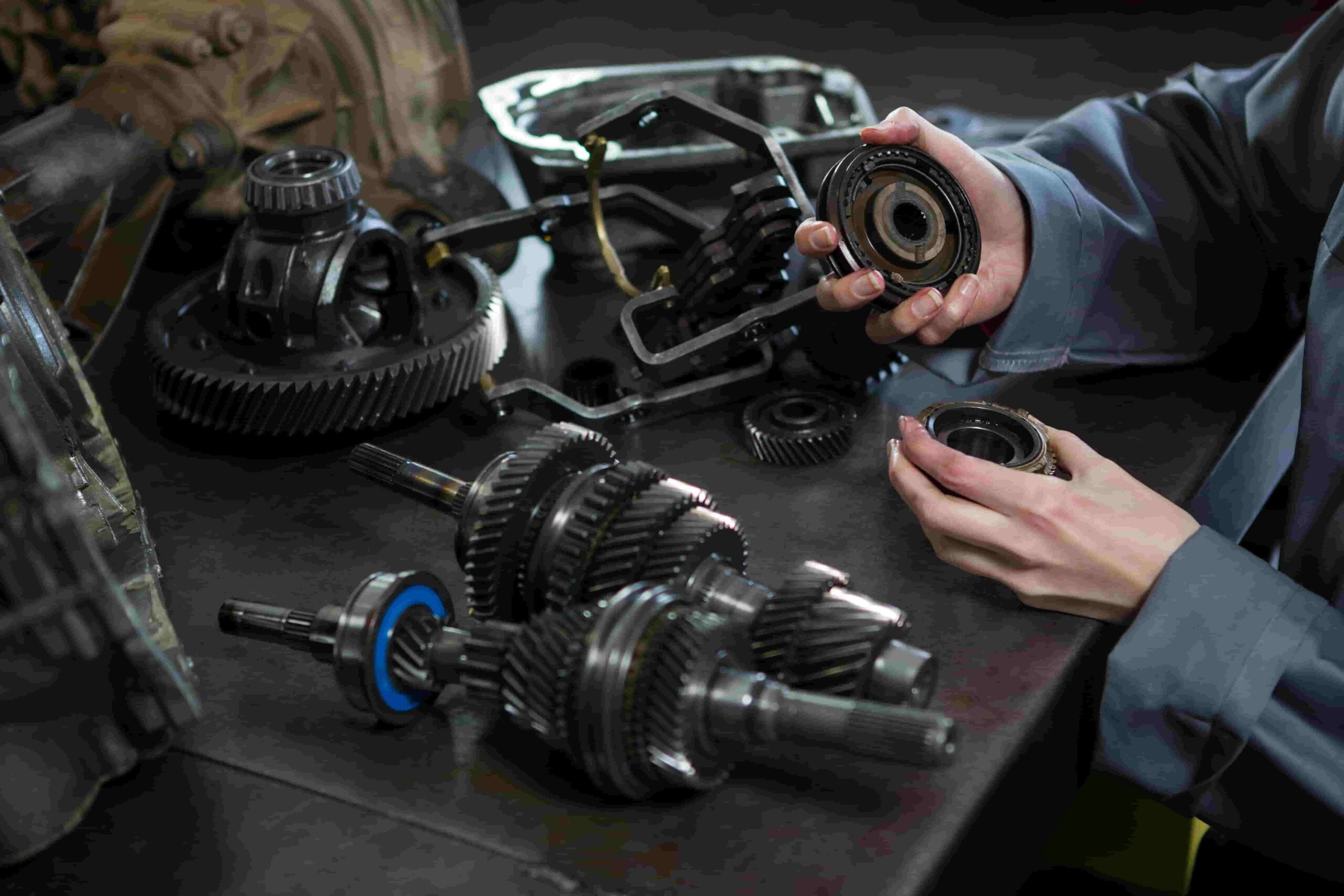In the age of digital convenience, online shopping has made our lives easier in many ways. However, for car owners, auto mechanics, and online shoppers, it also comes with a growing concern—counterfeit auto parts. With the sheer volume of products available at our fingertips, distinguishing between genuine and fake parts can be a daunting task. This blog post aims to arm you with the knowledge to identify and avoid fake auto parts online, ensuring your vehicle’s safety and performance.
The Growing Concern of Fake Auto Parts in the Online Market
Counterfeit auto parts are not just a minor inconvenience; they are a significant and escalating problem in the online marketplace. With the rise of e-commerce platforms, fake parts have become more prevalent, slipping through the gaps in regulation and oversight. For car owners and mechanics, this translates into increased risks, including potential damage to vehicles and even personal injury.
The ease of accessibility to these parts online has made it simpler for unscrupulous sellers to market counterfeit items as genuine. The financial allure is strong—fake parts often come with a lower price tag, which can be tempting. However, the cost of using these parts far outweighs any initial savings.
Understanding the Risks
Using counterfeit auto parts can lead to severe consequences. Not only do these parts fail to meet industry standards, but they can also compromise the safety and efficiency of your vehicle. For instance, fake brake pads may not provide adequate stopping power, leading to accidents. Similarly, counterfeit airbags may fail to deploy correctly, putting lives at risk.
Beyond the immediate physical dangers, there are long-term implications as well. Counterfeit parts can cause significant damage to your vehicle’s engine and other components, leading to costly repairs down the line. Furthermore, using fake parts can void your vehicle’s warranty, leaving you to bear the full brunt of any damages.
Signs of Fake Parts
Identifying counterfeit auto parts can be tricky, but there are telltale signs to look out for:
- Visual Inspection
Genuine parts are manufactured with precision and attention to detail. Look for inconsistencies in the color, weight, and overall finish of the part. Fake parts often have poor-quality paint jobs, uneven surfaces, and mismatched colors.
- Packaging Details
Legitimate auto parts come in high-quality packaging that includes the manufacturer’s logo, part number, and other critical information. Counterfeit parts often have misspellings, incorrect logos, and lack key identifiers such as holograms or QR codes.
- Price Discrepancies
If a deal seems too good to be true, it probably is. Be wary of prices that are significantly lower than the market rate. While everyone loves a bargain, it’s essential to consider why the price is so low.
Research and Verify
Before making any purchase, it’s crucial to research the seller and verify the authenticity of the parts:
- Check Seller Reviews
Look for reviews and ratings from other customers. Reputable sellers will have positive feedback and high ratings. Be cautious if the seller has numerous negative reviews or no reviews at all.
- Verify Certifications
Genuine auto parts often come with certifications from recognized organizations. Check for marks of authenticity such as ISO certification or approval from automotive associations.
- Contact the Manufacturer
When in doubt, reach out to the manufacturer directly. They can confirm whether the seller is an authorized distributor and verify the authenticity of the part in question.
The Role of Online Platforms
E-commerce sites and manufacturers are increasingly aware of the counterfeit problem and are taking steps to combat it:
- Enhanced Verification Processes
Many online platforms now employ stringent verification processes to ensure that sellers are legitimate. These processes include verifying business licenses, conducting inspections, and monitoring seller performance.
- AI and Machine Learning
Advanced technologies like AI and machine learning are being used to detect counterfeit listings. These systems analyze patterns and flag suspicious activity, helping to remove fake parts from the platform.
- Consumer Education
Platforms are also investing in consumer education, providing resources and tips on how to identify counterfeit parts and encouraging buyers to report suspicious listings.
Real Stories
Hearing from individuals who have been affected by counterfeit auto parts can be eye-opening:
- John’s Brake Failure
John, a seasoned auto mechanic, purchased brake pads online that were marketed as high-quality OEM parts. After installation, he noticed a significant decrease in stopping power. Upon further inspection, he discovered the brake pads were counterfeit, leading to a costly replacement and potential safety hazard.
- Sarah’s Airbag Incident
Sarah bought a replacement airbag for her vehicle from an online seller. During a minor accident, the airbag failed to deploy. Investigations revealed the airbag was a counterfeit, putting her safety at serious risk and leading to legal actions against the seller.
- Mark’s Engine Trouble
Mark decided to save some money by buying a cheaper alternator for his car online. Within weeks, his engine started experiencing issues. After consulting with a professional, he learned that the alternator was fake and had caused extensive damage, resulting in expensive repairs.
Conclusion
The prevalence of counterfeit auto parts in the online market is a growing concern. By understanding the risks, identifying signs of fake parts, and taking steps to research and verify sellers, you can protect yourself and your vehicle from potential harm.
Remember, safety and quality should always come first. Don’t be swayed by low prices and too-good-to-be-true deals. Make informed decisions and trust reputable sources for your auto parts needs.
Empower yourself with the knowledge to spot fake auto parts online and share this information with fellow car enthusiasts and mechanics. Together, we can create a safer, more reliable automotive market.
For further resources and expert advice, consider reaching out to certified automotive professionals or joining online communities dedicated to car maintenance and safety. Your vigilance and proactive approach can make a significant difference in avoiding scams and ensuring the longevity and performance of your vehicle.


